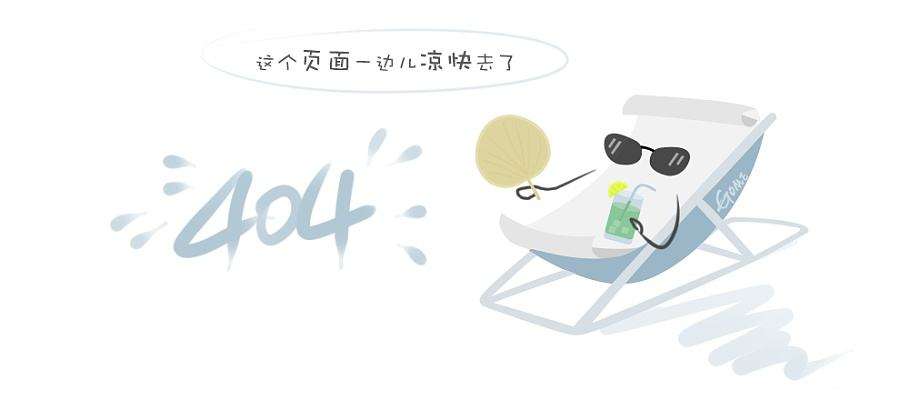ten tools of lean production
publisher: administrator date:2019-12-07
1. just-in-time production (jit)
the punctual production method originated in japan, and its basic idea is to "produce the required products only when needed, when needed." at the heart of this type of production is the pursuit of an unstocked production system or a production system that minimizes inventory. when we are in production, we must strictly follow the standard requirements, produce according to demand, and how much material should be sent on site to prevent abnormal inventory.
2.5s and visual management
5s (finishing, rectifying, cleaning, cleaning, literacy) is an effective tool for on-site visual management, and it is also an effective tool for employee literacy improvement. the key to the success of 5s is standardization. through refinement of on-site standards and clear responsibilities, employees are allowed to maintain the cleanliness of the site first, and at the same time expose to solve the problems of the site and equipment, and gradually develop professional habits and good practices. professionalism.
3. kanban management (kanban)
kanban is a means of communicating management information within the plant. kanban cards contain quite a bit of information and can be used over and over again. there are two commonly used kanbans: production kanban and shipping kanban. kanban is relatively straightforward and easy to manage.
4. standardized operations (sop)
standardization is the most effective management tool for producing high efficiency and high quality. after the value flow analysis of the production process, the textual standard is formed according to the scientific process flow and operation procedure. the standard is not only the basis for product quality judgment, but also the basis for cultivating employees' standard operation. these standards include on-site visualization standards, equipment management standards, product production standards, and product quality standards. lean production requires that "everything must be standardized."
5. total production maintenance (tpm)
create a well-designed equipment system with full participation, improve the utilization of existing equipment, achieve safety and high quality, prevent failures, and enable enterprises to achieve cost reduction and overall production efficiency. it not only reflects 5s, but also work safety analysis and safety production management.
6. use value stream maps to identify waste (vsm)
the production process is full of amazing waste, and value streammapping is the basis and key point for implementing lean systems and eliminating process waste:
where waste is generated in the process of discovery, identifying opportunities for improvement of lean; understanding the components and importance of value stream; mastering the ability to actually plot “value flow diagrams”; understanding the application of data in value stream diagrams, improving through data quantification the order of opportunities.
7. production line balance design
due to the unreasonable layout of the assembly line, the production workers move unnecessarily, thereby reducing production efficiency; due to unreasonable movement arrangements and unreasonable process routes, the workers pick up or lower the workpieces three times and five times. evaluation is important now, and site planning is also important. save time and effort. do more with less. 8. pull production (pull)
the so-called pull production is based on the management of the kanban, using the "receiving system", that is, the subsequent process according to the "market" needs to produce, the amount of the shortage of work in this process is taken from the previous process, the same amount of work in progress, thus forming the whole process pull the control system and never produce more than one product. jit needs to be based on pulling production, while pulling system operation is a typical feature of lean production. lean-purchased zero inventory, mainly through the operation of the pull system.
9. quick switch (smed)
the theoretical basis for fast switching is operational technology and concurrent engineering, with the goal of minimizing equipment downtime through teamwork. when the product is changed and the equipment is adjusted, the lead time can be compressed to the maximum extent, and the effect of fast switching is very obvious. in order to minimize the waiting for waste to be stopped, the process of shortening the setup time is to gradually remove and reduce all non-value-added operations and turn them into non-stop time completion processes. lean production is achieved by continuously eliminating specific requirements such as waste, reducing inventory, reducing defects, and shortening manufacturing cycle time. reducing setup time is one of the key ways to help us achieve this goal.
10. continuous improvement (kaizen)
miracles begin to emerge when we begin to accurately determine value, identify value streams, and make the various steps of value created for a particular product flow continuously and let customers pull value from the enterprise.

 website
website